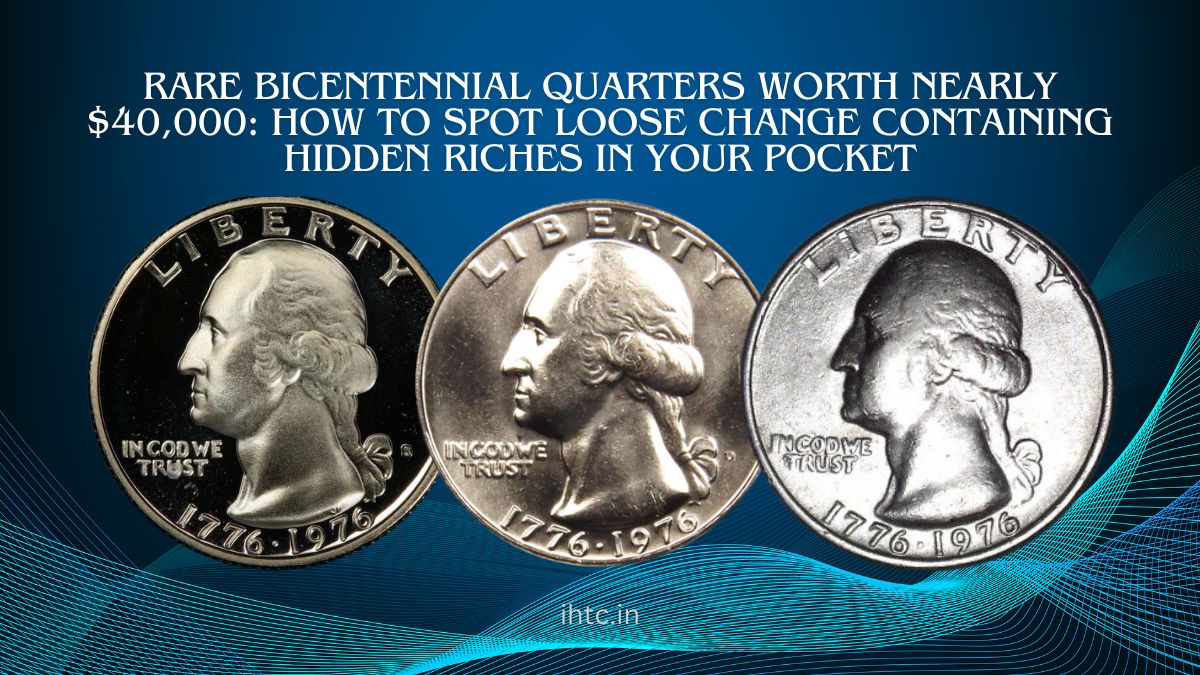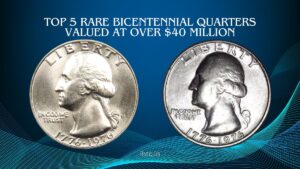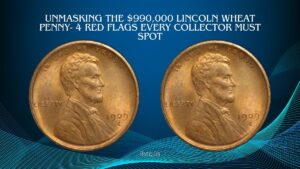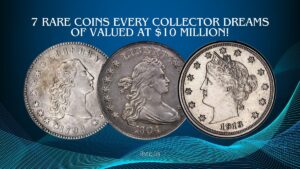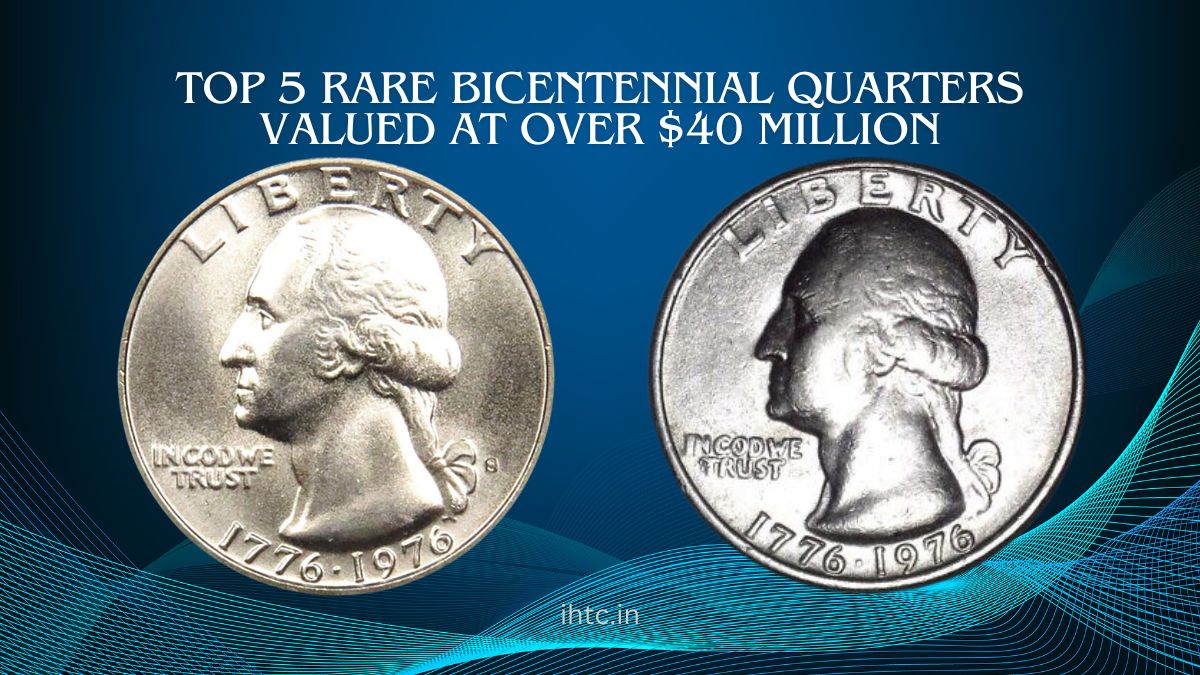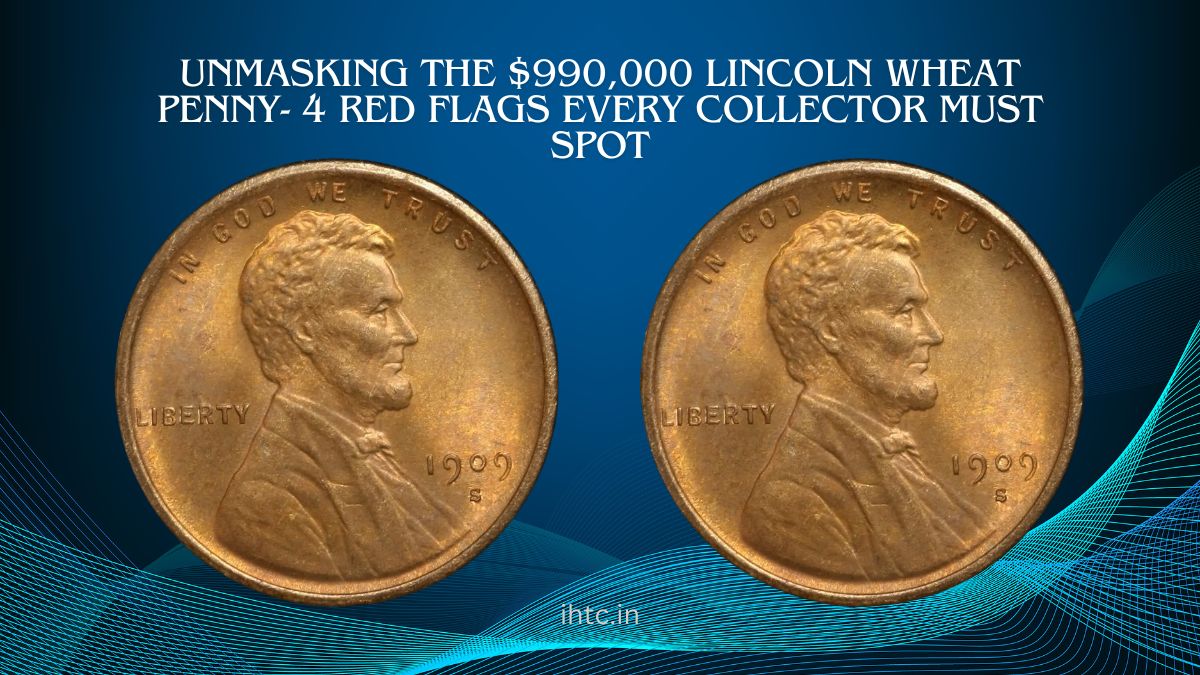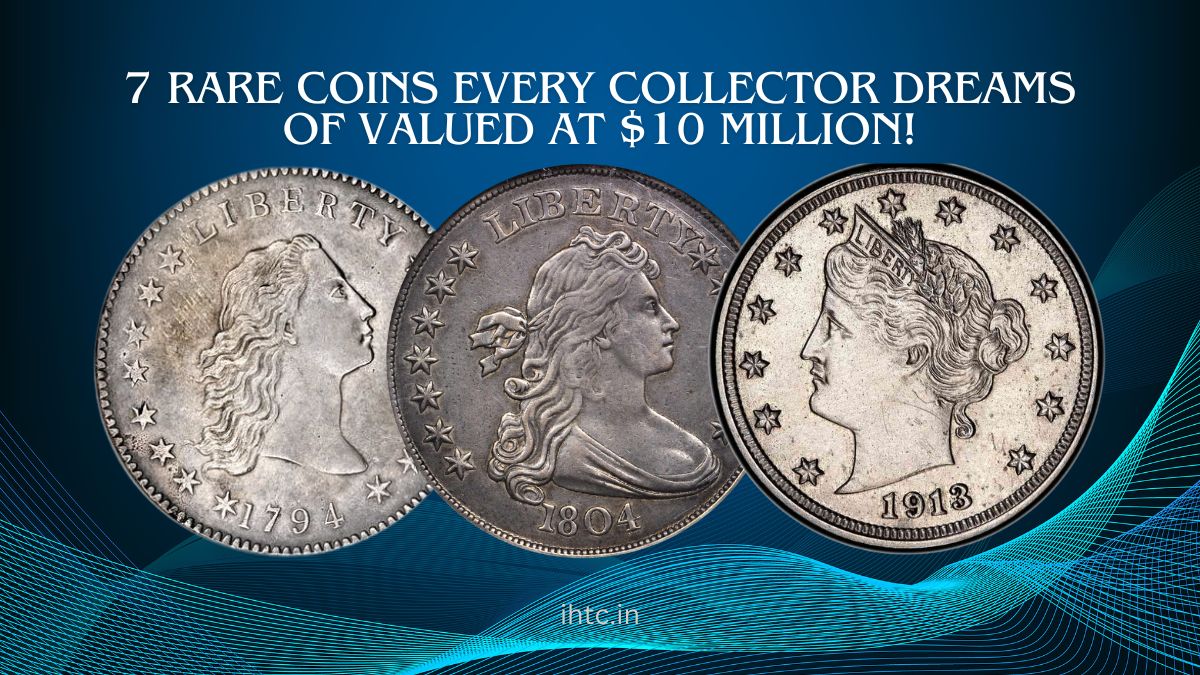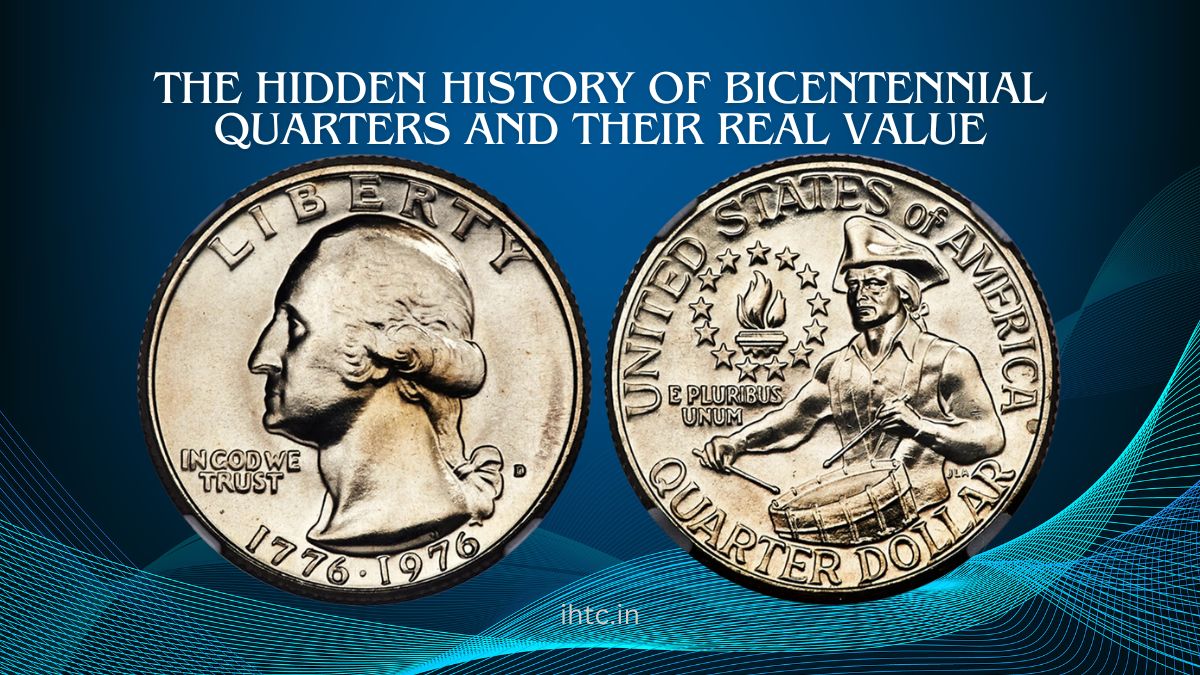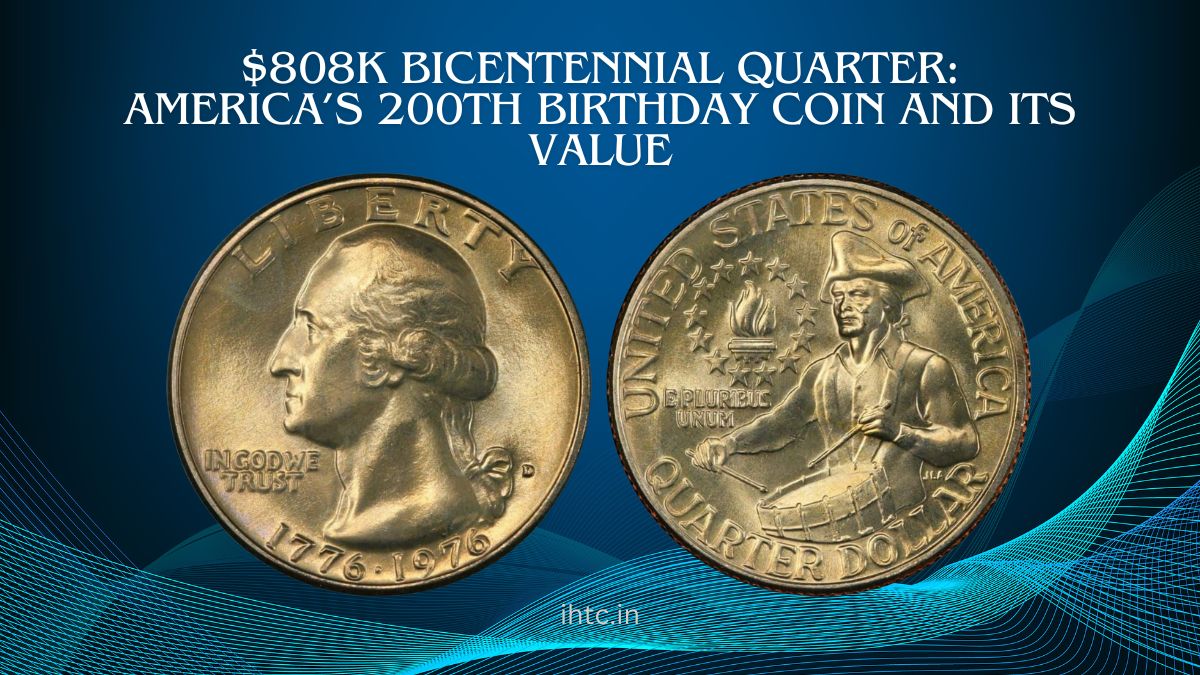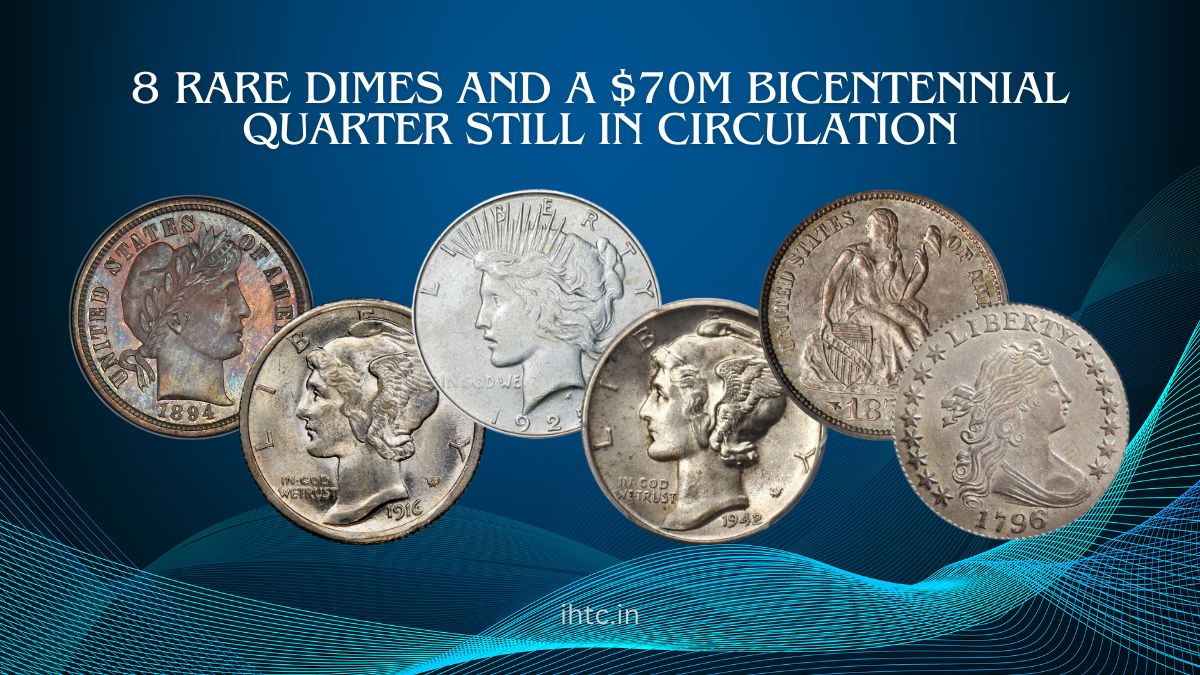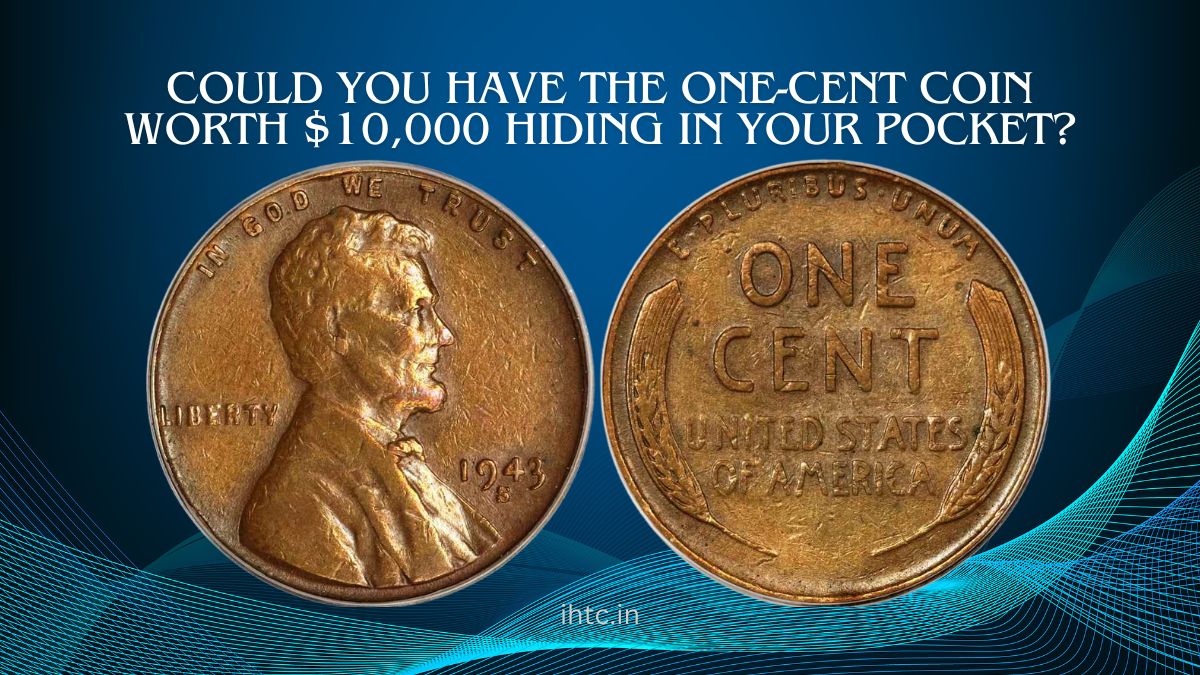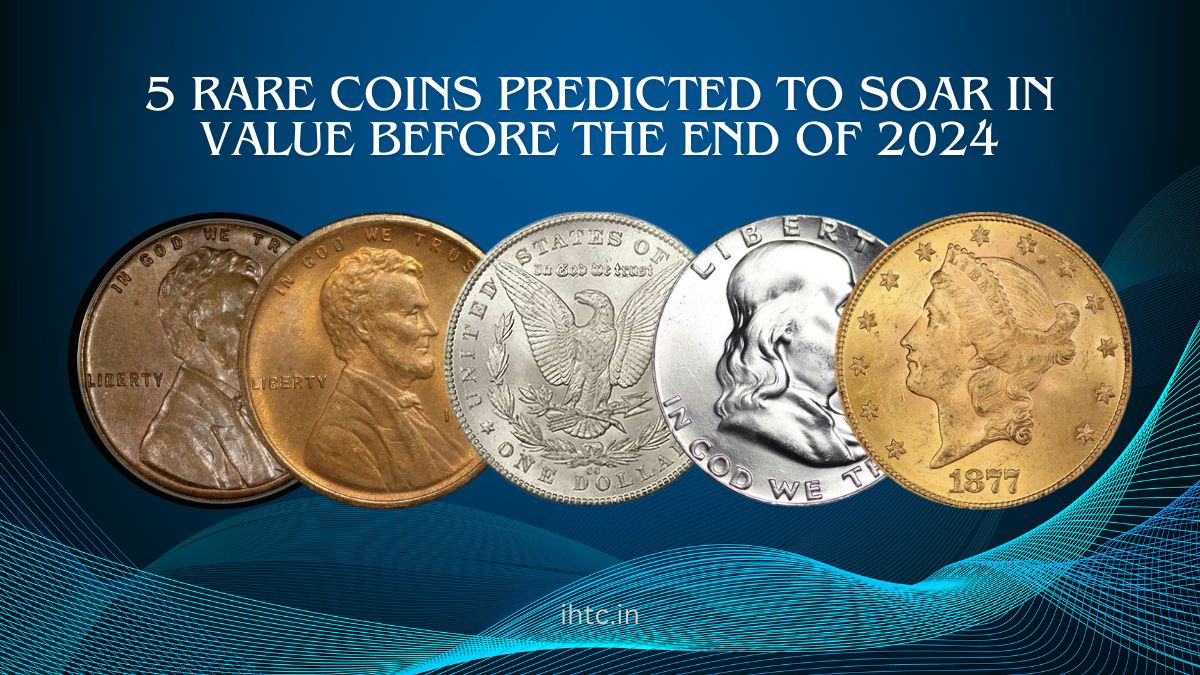In 1975 and 1976, the United States minted the Bicentennial quarter to commemorate the 200th anniversary of the country’s independence. This coin has since become a coveted collectible.
Although the majority of Bicentennial quarters are worth only their face value, rare errors and special varieties can garner impressive prices—some even approaching $40,000!
This article will assist you in locating those enigmatic, high-value Bicentennial quarters, providing a comprehensive explanation of their value and the methods by which they can be identified in your change.
Why Are Some Bicentennial Quarters Worth $40,000?
Although the majority of Bicentennial quarters are common, a few exceptional versions have been sold for thousands of dollars due to their pristine condition, uncommon finishes, or errors. Some of the primary factors that can increase the value of a Bicentennial quarter to as much as $40,000 are as follows:
- Mint Errors: The value of specific error coins, such as double strikes, off-center strikes, or incorrect planchet errors, is substantially elevated. Collectors hold coins that exhibit discernible errors during the minting process in high regard.
- Silver Content: Although the majority of Bicentennial quarters were crafted from copper-nickel, a small number were struck in 40% silver for exclusive mint collections. These silver Bicentennial quarters, particularly those in uncirculated or high-grade condition, can fetch substantial prices.
- High-Grade Condition: Coins that have been graded by professional services such as PCGS (Professional Coin Grading Service) or NGC (Numismatic Guaranty Corporation) in near-perfect condition (MS-68 or higher) are exceedingly uncommon and can be sold for tens of thousands of dollars. These coins are uncirculated, which implies that they exhibit no indications of wear.
Notable Bicentennial Quarters That Sold for Big Money
Below is a list of some notable Bicentennial quarters that have sold for impressive sums due to their rarity, condition, or mint errors.
| Coin Description | Grade | Sale Price | Details |
|---|---|---|---|
| 1976-S Silver Bicentennial Quarter | MS-69 (PCGS) | $19,200 | One of the finest examples of a silver Bicentennial quarter |
| 1976-D Bicentennial Quarter (Double Die Obverse) | MS-66 (PCGS) | $6,462 | A rare error with doubling visible on the front of the coin |
| 1976 No Mint Mark Bicentennial Quarter | MS-67 (NGC) | $8,225 | Incredibly high grade for a circulated Bicentennial quarter |
| 1976-S Bicentennial Quarter (Proof) | PR-70 (PCGS) | $15,275 | A perfect proof specimen, highly coveted by collectors |
| 1976-D Bicentennial Quarter (Off-Center Error) | MS-64 (PCGS) | $12,000 | A noticeable off-center strike makes this quarter extremely valuable |
| 1976-S Silver Bicentennial Quarter (Uncirculated) | MS-68 (PCGS) | $40,000 | One of the highest-graded silver Bicentennial quarters ever found |
How to Identify a Valuable Bicentennial Quarter in Your Change
If you are interested in discovering one of these valuable quarters in your pocket change, the following are some important features to consider:
1. Locate the silver quarters
Your quarter may be a special 40% silver Bicentennial quarter if it bears a “S” mint mark, which indicates that it was minted in San Francisco. These were not intended for circulation; rather, they were incorporated into exclusive mint collections.
A silver quarter is readily identifiable by its distinctive grayish-silver color on the edge, which is in stark contrast to the copper-nickel layers that are present on ordinary quarters.
2. Verify for Mint errors
Error coins frequently pass unnoticed, but they can be extremely valuable. Please examine the design for any instances of duplication, particularly in the date or inscriptions, as well as off-center strikes or coins struck on the incorrect planchet. The value of a quarter can be substantially elevated by these errors.
3. Evaluate the Condition
The condition of a coin significantly influences its value. Uncirculated Bicentennial quarters that are in pristine condition and exhibit no evidence of wear or tear are highly sought after. If the coin appears to be in exceptional condition, it may be advantageous to have it professionally graded in order to optimize its value.
Understanding the Value of Error Coins
Error coins are an intriguing subcategory of coin collecting, and Bicentennial quarters with minting errors can be particularly profitable. The following are some of the most prevalent categories of errors that render a coin worth significantly more than its face value:
- Double Die Obverse: This phenomenon is characterized by the die striking the coin twice, resulting in a doubling effect that typically affects the date, characters, or design.
- Off-Center Strike: Coins that are struck off-center, sometimes lacking a portion of the design, are valuable due to their rarity.
- Incorrect Planchet: Coins are occasionally struck on the incorrect metal or blank, which is intended for a different denomination, resulting in a substantial increase in value.
Bicentennial quarters are not only a nostalgic reminder of American history, but also a potential goldmine for collectors. Rare errors, high grades, or silver versions can be worth thousands of dollars, with some even approaching $40,000.
However, the majority of these coins are still worth their face value. Check your pocket change regularly for these rare gems, and if you discover a potential winner, consider having it professionally graded to unlock its true value.
